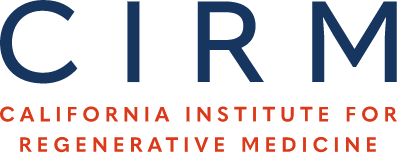Myeloproliferative Neoplasms (MPN) is a disease that encompasses several blood disorders- Polycythemia Vera (PV), Essential Thrombocythemia (ET) and Primary Myelofibrosis (PMF). PV is an overproduction of red blood cells; ET is an overproduction of platelets and the most severe disorder PMF is when the bone marrow builds up scar tissue and cannot function properly. Strikingly, many MPN patients acquire a somatic mutation (meaning they were not originally born with the mutation), in the gene JAK2 where there is an amino acid change from a Valine and position 617 in the protein, to a Phenylalanine (V617F). This suggests that this mutation causes the disease. However, studies of this mutation in mouse models were not able to accurately recapitulate the disease. Due to the advances in gene editing by CRISPR-Cas9, we were now able to study this mutation directly in human hematopoietic stem cells (HSCs), which is presumed to be the cell type that acquires the mutation in the first place. We found that having this mutation allows HSCs to grow better as compared to wild type HSCs. Furthermore, HSCs normally require signaling molecules, for instance erythropoietin, to tell them what types of cells to make. In the case of the V617F-mutated HSCs, they made blood cells even in the absence of erythropoietin, while the wild type cells did not, suggesting this mutation is sufficient to cause HSCs to grow better and make more blood cells.
In addition, there is another mutation reported in the gene JAK2 (R683G), however this mutation was found in patients with acute lymphoblastic leukemia, where there is an overproduction of B cells. It is really surprising that two mutations in the same gene could have such different effects. We therefore tried to make the R683G mutation in HSCs to determine whether more B cells were now made as opposed to blood cells. Unfortunately, we were unsuccessful in efficiently making the R683G mutation in HSCs and are still trying other methods to do so.



